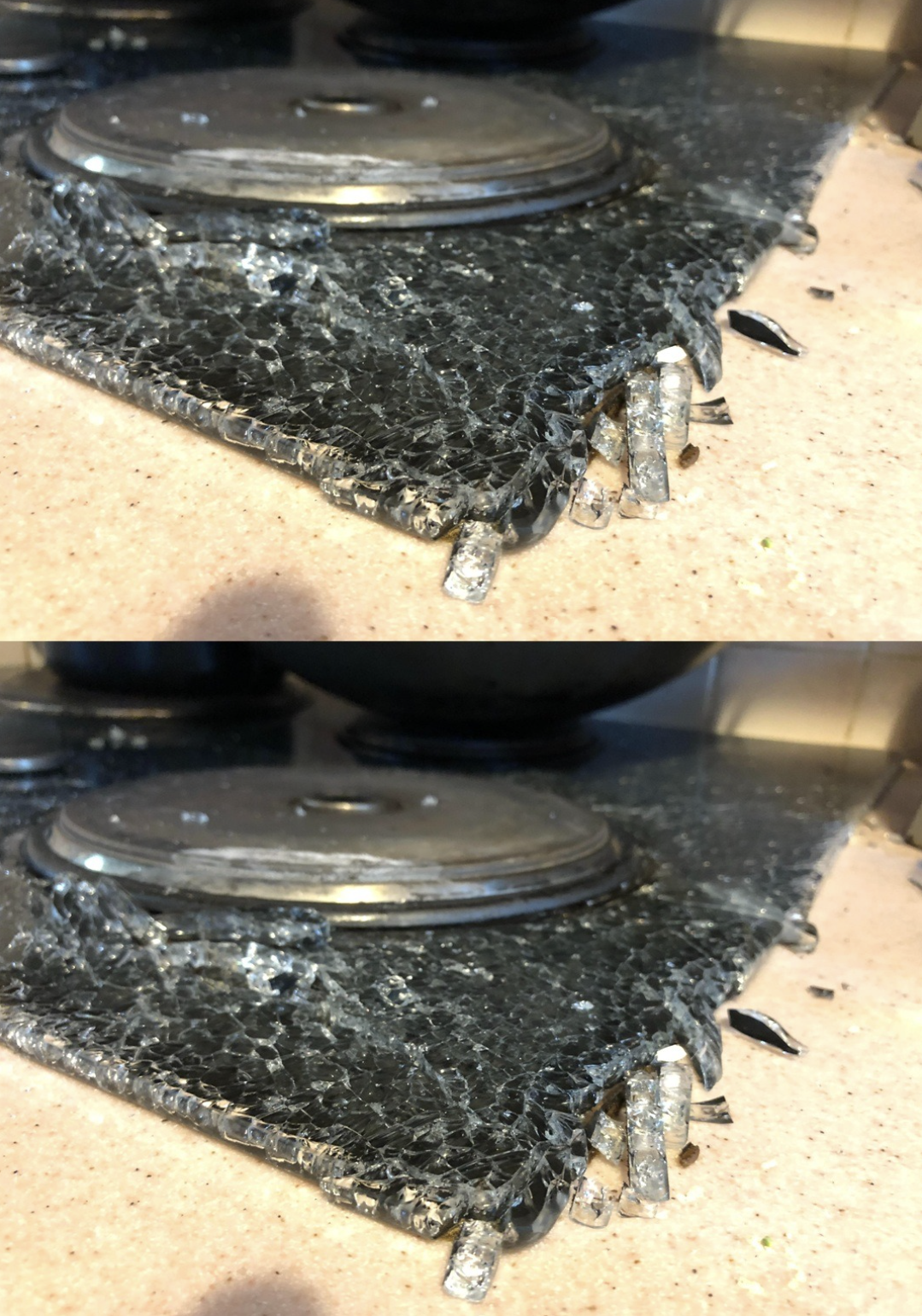The Perils of a Shattered Glass Top Stove
Glass top stoves offer a modern and stylish look, but their seemingly indestructible surface is surprisingly vulnerable. The sleek glass-ceramic material, while aesthetically pleasing and easy to clean, is susceptible to damage from misuse. Understanding the common causes of breakage is the first step towards preventing a costly and potentially dangerous incident.
The Culprits Behind Stovetop Shattering
Improper Cookware: A Recipe for Disaster
Using unsuitable cookware is a leading cause of glass top stove damage. Pots and pans with rough, warped, or scratched bottoms can easily scratch the delicate surface. These seemingly minor imperfections weaken the glass over time, making it more prone to cracking under the stress of heat and pressure. Avoid cookware with uneven bases, and always inspect the bottom of your pots and pans before placing them on the stove.
Thermal Shock: The Temperature Tango
Sudden temperature changes, also known as thermal shock, are a significant threat to your glass top stove. Placing a freezing cold pan directly onto a hot burner or pouring cold water onto a heated surface creates immense stress on the glass, often leading to immediate cracks or shattering. Always allow cookware to come to room temperature before placing it on the stovetop, and never pour cold liquids onto a hot surface.
Incompatible Cookware: Size Matters
Not all cookware is created equal. Oversized pots and pans that extend beyond the burner area can distribute heat unevenly, putting excessive pressure on the glass. This uneven heat distribution can cause stress fractures and lead to eventual shattering. Similarly, materials like cast iron, while durable, may have rough or uneven surfaces that can scratch the delicate glass, even if the base is generally flat. Choose cookware appropriately sized for your burners, and opt for smooth, flat-bottomed pans.
Preventing Stovetop Shattering: A Proactive Approach
Choosing the Right Cookware: A Foundation for Success
Invest in cookware with smooth, flat bottoms made from materials like stainless steel, clad aluminum, or enameled cast iron. These materials distribute heat evenly, minimizing stress on the glass surface. Avoid warped, chipped, or excessively heavy pans.
Avoiding Sudden Temperature Changes: Gentle Transitions
Always preheat the burner before placing the cookware on it. Likewise, allow the cookware to cool gradually before removing it from the stove. Never pour cold water or other liquids onto a hot surface. This gradual heating and cooling will significantly reduce thermal shock.
Handling with Care: Gentle Movements
Avoid dragging or sliding cookware across the glass surface. Lift and place pots and pans gently. Use heat-resistant pads or trivets to protect the surface when setting down hot dishes or cookware.
Proper Cleaning: Maintaining the Integrity
Clean up spills immediately to prevent sticky residues from scratching the surface. Avoid abrasive cleaners and scrubbers; instead, use specialized glass cooktop cleaners or a mixture of warm water and mild dish soap. A soft sponge or microfiber cloth is your best friend.
Regular Inspection: Early Detection
Regularly check your stovetop for scratches, chips, or any signs of damage. Addressing minor issues early can prevent them from escalating into major problems.
What to Do If Disaster Strikes
If, despite your best efforts, your glass top stove shatters, act swiftly and safely:
- Immediately turn off the power to the stove.
- Carefully remove any broken glass pieces, wearing protective gloves to avoid injury.
- Contact a qualified repair service or your manufacturer to discuss warranty options and replacement.
Final Thoughts: A Lasting Investment
A glass top stove is a significant investment. By following these preventative measures and understanding the potential dangers, you can significantly extend the life of your stove and enjoy its sleek aesthetics for years to come. Remember, a little care and attention go a long way in preventing a costly and potentially hazardous situation. Happy cooking!
